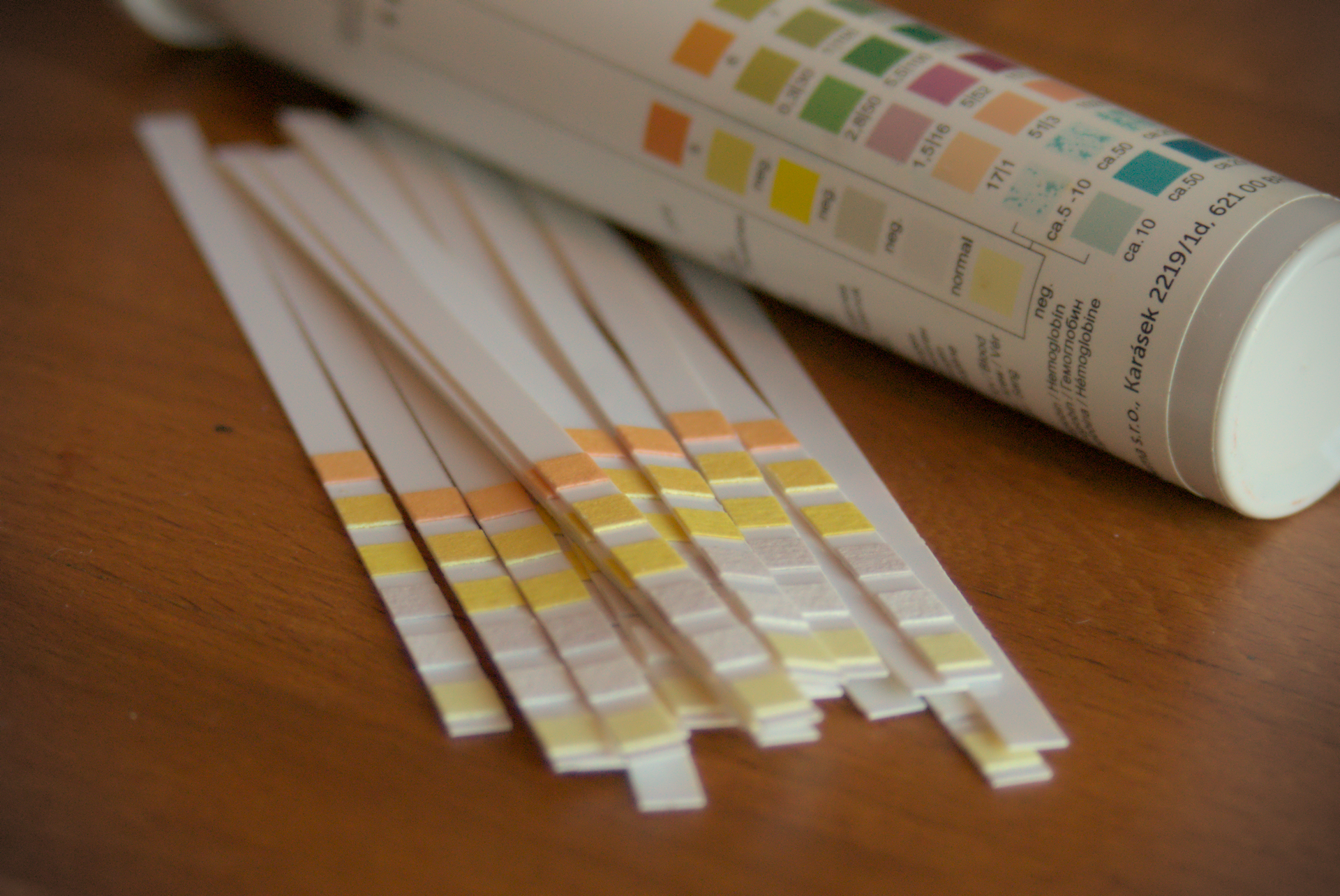Back in the good old days

The year ended on a rough note. After working what was possibly the worst shift of my life in the Irish pub, someone knocked over a drink which left my blood glucose meter swimming in vodka tonic. No surprise that it broke. A couple of error E-11 messages followed before it went into zero response mode. Where’s your backup, you ask. That was it. Since Czech pharmacies don’t stock testing strips and the orthopedic shoe shop that does, had closed on the 20th in a surprise move I was on my only meter. At 8 pm on New Year’s Eve, there aren’t a lot of options open for diabetics in dire need of testing their blood glucose. Nor will you find many, if any, places open the following day.
I was in a state of panic. I test a lot, sometimes ten times a day. You have to if you want to stay on top of diabetes. For me being without a meter is like trekking through the jungle unarmed. You know there are tigers that might eat you, but there’s no way to keep them in check. Then I remembered the ketone strips I got to investigate the carb limit for exiting ketosis. They flag many other things, like protein, urobilinogen and glucose, which are not supposed to be in your urine. The method isn’t very accurate, you pee on strips and compare them to a colour chart. When glucose is negative the test medium is yellow but when blood glucose goes above 10 mmol/l (180 mg/dl) it starts to spill into your urine and turns the medium green. You get some idea of how far above 10 mmol/l you are by the darkness of the shade of green. Obviously, a method that only lets you know when you’re above 10 mmol/l isn’t ideal but it’s better than nothing.
The real problem is that there’s no way to detect low blood glucose other than the obvious symptoms like lightheadedness, blurry vision, and a general sense of doom. Since I have poor hypoglycemic awareness, I had to be really careful not to send myself low. I peed on strips for two days. They went green quite a few times and by interpreting the shade of green I could inject insulin to keep me below 10 mmol/l. I don’t think they’ve ever seen a happier customer than me when they opened up the orthopedic shoe shop on January 2nd. While peeing on strips is far from ideal, it at least offers you a way to stay out of diabetic ketoacidosis when no other method is available. They’re cheap so I’d recommend keeping them around in case of the unfortunate event that your meter and backup meter fail.
A few days after my meter incident, I read an article in The Washington Post about a 92-year-old woman who’s lived with diabetes for eighty years. Back in those days, you measured glucose by boiling your urine and observing colour changes after adding a chemical mixture called Benedict’s test. My urine strip method was far more high-tech. It wasn’t until the 1980s that home use of devices that tested blood glucose with finger pricks became common. Once again, I’m very grateful to be a 21st-century diabetic who can rely on the marvels of modern medicine. Not knowing my exact blood glucose drove me up the wall and I was thrilled to stick the tiger back in its cage.